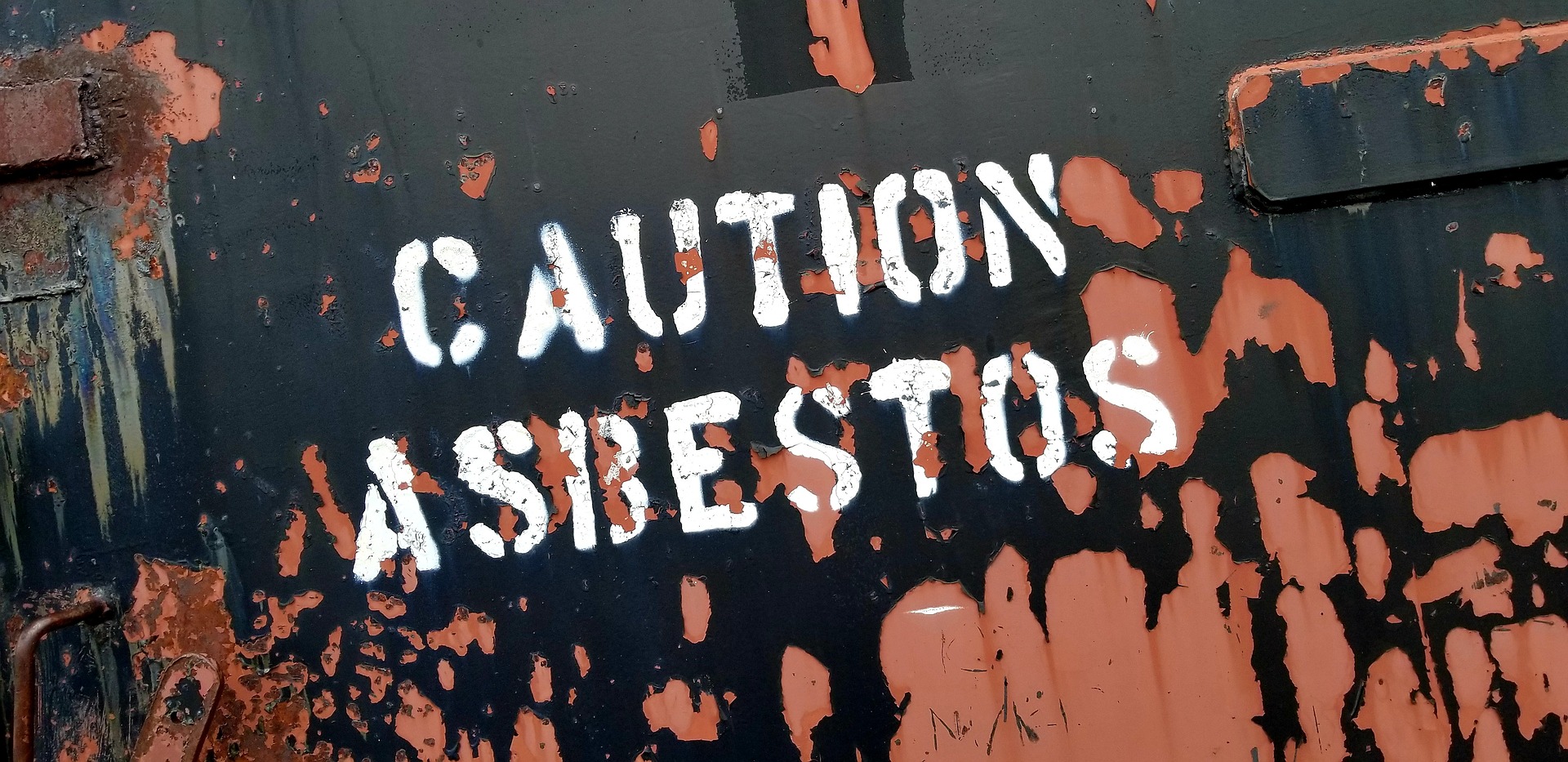Many countries have full or partial asbestos bans in place.
In the U.S., asbestos use in most industries and products came to a halt in the late 1970s. The Toxic Substances Control Act of 1976 ensured limits on asbestos and some other toxic substances were put in place.
Other factors, like trade groups’ calls for safer conditions for working environments, also led to a steep decline in the U.S. manufacturing industry.
But is asbestos actually banned in the U.S.? The short answer is no.

Is there a ban on asbestos in the U.S.?
In 1989, the U.S. Environmental Protection Agency decided to ban the majority of asbestos products. But that does not mean asbestos is completely banned in the country.
In fact, a lot of asbestos is imported from other countries each year, which means asbestos is still widely used in many products.
For example, according to the United States International Trade Commission, in just the first three months of 2022, almost 114 metric tons of asbestos were imported to the U.S.
So, while the U.S. has a ban on certain asbestos products and asbestos has not been mined in the country since 2002, asbestos, in general, has not actually been banned and it continues to be used.
Furthermore, while asbestos use is regulated in the U.S. more than ever before, the Occupational Safety and Health Administration defines asbestos-containing materials as any material containing over 1% of asbestos, which means any material can be labelled as being asbestos-free if it contains less than 1% asbestos.
Which asbestos products are currently banned in the U.S.?
The 1989 partial ban by the U.S. Environmental Protection Agency relates to just six products. They are: flooring felt, commercial paper, corrugated paper, roll board, specialty paper, and new uses of asbestos.
Since other legislation has been passed, some other products containing asbestos have been banned in the U.S., including spray-applied asbestos, asbestos artificial embers, asbestos wall patching compound, and asbestos filters in pharmaceuticals.
Furthermore, friable asbestos pipe and block insulation are banned for facility components.
All other uses of asbestos remain legal in the U.S.
Why is asbestos a major problem?
If you are not aware of the harmful effects that asbestos can cause, you may be wondering why it is so important that asbestos use is tightly controlled and why many are calling for an out-and-out ban.
Well, asbestos exposure can cause mesothelioma, lung cancer, and other chronic respiratory conditions.
In fact, it is estimated that up to 15,000 people die every year in the U.S. alone as a result of illnesses caused by exposure to asbestos.
Mesothelioma alone causes over 2,000 of those fatalities. And around 1,200 are caused by a combination of asbestos-related cancers, which are most often lung cancer, and mesothelioma.
Mesothelioma is always fatal. People who develop the illness are most often those who worked in environments that regularly involved asbestos exposure before partial bans came into place.
If you were exposed to asbestos in your work environment and went on to be diagnosed with mesothelioma, you may be able to claim compensation to recover the costs you have incurred due to the illness.
Find out more information from the Mesothelioma lawyers at Dolman Law Group.
What is the future outlook?
In 2020, the U.S. Environmental Protection Agency completed an asbestos risk evaluation.
The results showed that people who regularly come into contact with chrysotile asbestos face unreasonable health risks. Therefore, the agency plans to introduce proposed actions to protect both workers and citizens from those unreasonable risks.
However, there has been a lot of attempted legislation regarding asbestos over several decades and the future outlook of a complete asbestos ban remains unclear.
As has been the case at other times, political interests and the pushback from the asbestos industry are still standing in the way of tighter legislation.














